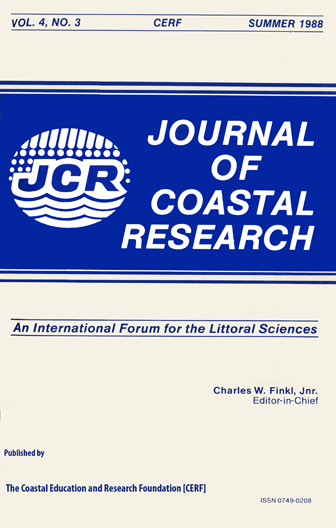Genesis of a Holocene Phosphate Placer Deposit on the Continental Shelf of Congo
Keywords:
Mechanical sorting, wave regime, phosphate placer, Holocene, Atlantic Ocean, CongoAbstract
Phosphatogenetic events occurred at several times between Maastrichtian stage and Miocene period in the Congo-Cabinda sedimentary basin. The structural evolution and eustatic movements locally controlled the subsequent formation of a Miocene phosphatic "preconcentrated" beach-rock. One of them, forming a shoal, outcrops off Djeno (Congo). During Quaternary sea level variations the sediments were reworked; in consequence the modern form of the most accessible phosphatic sediments is the result of the last phase of the postglacial transgression, during which a stabilized level of the sea eroded the shoal. A textural study was conducted on the Holocene sediments sampled by gravity cores and vibracores. A sorting pattern of the modal phosphatic populations of grain-size assemblages is presented, which points out the role of the wave refraction in the genesis of the transport and the deposition of particles. This conclusion does not support the idea of onshore transport. In spite of a lack of a good understanding of the hydrodynamic behaviour of phosphatic particles, the directions of possible concentration are assumed on the basis of drastic changes in modal values, reconstruction of longshore currents and evidence of convergent transport directions. Consequently, the mechanical reworking, which is not a genetic process of phosphates, played a major role to concentrate the deposit whose economical potential may be significant in a regional context.


